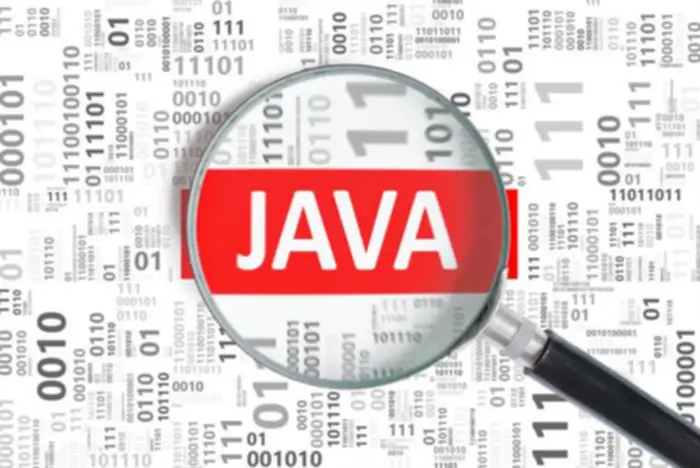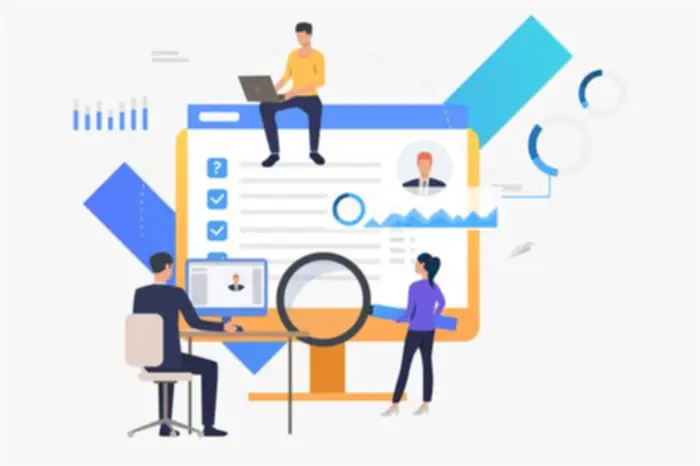Cloud computing adopts a hierarchical architecture with a centralized mannequin. It employs a network of distant data centers where information processing, storage, and administration occur. Fog computing is utilized in Internet of Things (IoT) purposes to process information the place it is generated rather than in a centralized knowledge middle or cloud. By bringing processing and storage nearer to the edge of the community, fog computing can enhance efficiency and cut back latency for IoT applications. Conversely, fog computing relies more on localized, distributed networks that will not be as secure. Nevertheless, while cloud-based techniques are more susceptible to exterior threats, in addition they are typically higher outfitted to cope with refined cyberattacks.
Whether it’s streaming video or interacting in a digital environment, completely different characteristics of fog computing offer a level of velocity and agility that the cloud simply can’t match. In this publish, we are going to explore the key variations between cloud and fog computing and clarify https://www.globalcloudteam.com/ why fog computing and cloud computing have gotten more and more popular amongst businesses. By understanding these differences, you might make an knowledgeable determination about which resolution is greatest for your business. The future holds exponentially rising volumes of streaming data from proliferating sensors, units, edge nodes and endpoints throughout industries.
Let’s take a look at some future possibilities for Internet of Issues and different computing applied sciences. Many firms give consideration to edge computing on their way to decentralization, whereas others undertake fog computing as a primary knowledge storage system because of its high pace and elevated availability. On the other hand, we are going to delve into the advantages of fog computing, similar to low latency, bandwidth optimization, and offline capabilities. By understanding these advantages, readers will be succesful of assess the potential impact of every paradigm on their operations and decide probably the most applicable approach to satisfy their computing wants. It entails the internet-based distribution of pc assets such servers, storage, databases, networking, and applications.
Need assist with choosing and setting up knowledge infrastructure and providers in your IoT application? If you suppose that the fog and edge are terms of distinction without a distinction, you’d be mostly correct – which also means you’d be partially mistaken. In advocating one technology over the opposite, supporters point to a slim set of variations. That “narrow set of variations” remains to be enough, however, to warrant a distinction. This weblog covers numerous subjects on industrial automation corresponding to operations & administration, steady & batch processing, connectivity, manufacturing & machine management, and Trade 4.zero.
On the cloud, information is distributed to dozens of servers, whereas edge computing makes use of tons of, presumably thousands of native nodes. Every device can act as a server in the edge community and process knowledge independently. To break into, hackers would need synchronized entry to 1000’s of distributed units fog computing vs cloud computing, which is practically inconceivable. It is dependent on centralized information facilities in far-off places, sometimes often known as «the cloud.» Users might use these sources each time they choose, just paying for the services they actually use.
Difference Between Cloud, Fog And Edge Computing In Iot
The fog is another metaphor that has been used to describe computing, however it’s not as widely understood. It’s nearer to the Internet of Things (IoT) than the cloud, and it’s designed to handle the increasing number of gadgets and information coming online. Edge computing can even assist to handle bandwidth congestion and vitality consumption in data centers. For example, Netflix has been experimenting with edge caching servers to cut back the amount of visitors flowing into its data facilities.
Net Expertise
The cloud sends up to date machine learning fashions again to the fog, closing the loop. Fog computing minimizes the bodily distance information travels from devices to processing vacation spot. This reduces latency permitting close to real-time knowledge analytics and response. Superior virtualization allows sharing of server processing energy between virtual instances. The appreciable processing power of edge nodes allows them to compute massive quantities of data with out sending them to distant servers.

Cloud platforms like AWS, Microsoft Azure, Google Cloud IoT service, and IBM IoT platform present access to highly effective cloud providers able to deal with the repeatedly growing volume of IoT knowledge. These computing technologies differ in their design and purpose however often complement one another. Let’s check out the key advantages of cloud, fog and edge computing to higher understand the place to make use of every of these approaches. It is important to notice that both fog computing and cloud computing primarily depend on a strong network foundation and reliable connectivity. With increasing integration and compatibility between the 2 paradigms, as know-how develops, the excellence between cloud and fog computing might turn into much less distinct. Understanding these variations is crucial for navigating the technology surroundings and deciding on the technique that most precisely fits a given set of necessities and objectives.
The most important difference between cloud computing and fog computing is their location. Cloud computing is a centralized mannequin where knowledge is saved, processed, and accessed from a distant information center, whereas fog computing is a decentralized mannequin where information is processed nearer to edge gadgets. Edge computing and fog computing are two ideas which are usually used interchangeably, but they’ve important variations. Edge computing is a decentralized computing model that brings knowledge processing nearer to the units and sensors that generate it. Fog computing, then again, is a distributed computing model that extends the capabilities of edge computing to a bigger community of gadgets and sensors. Edge and fog computing are less identified than cloud however have a lot to offer to companies and IoT firms particularly.

To give more sharpness to the development of smart and superior IoT gadgets, fog computing and edge computing comes to work together with cloud computing. Let us focus on the distinction between cloud computing and fog computing under. To deal with this, individuals make the most of providers similar to fog computing and cloud computing to manage and transmit data rapidly to the users’ finish. Fogging, also referred to as fog computing, is an extension of cloud computing that imitates an prompt connection in knowledge centers with its a quantity of edge nodes over the physical devices.
The versatility to centralized huge quantities of data from distributed endpoints fuels big information analytics and ML too. Its world delivery community additionally fits customer-facing net and cell apps. When compared to fog computing, cloud computing has a big latency. Fog computing permits us to locate data over each node on native assets, thus making knowledge analysis extra accessible. The back end is the system cloud part which is answerable for securing and storing knowledge. Both these parts are built-in to supply the user with a seamless networking platform and manage traffic on the ground.
Cloud computing and fog computing are two well-known concepts that have turn out to be effective strategies for managing, processing, and storing information in the world of pc expertise. The major difference – no less than as it is being outlined nowadays – comes from the fact that the cloud exists by way of a centralized system. Whereas in a fog computing setting, every little thing is decentralized, and every little thing connects and stories by way of a distributed infrastructure model. On the other hand, edge, and fog computing frameworks are finest suited if your small business offers applications that require fast responses for correct decision-making in real-time. In quick, the process can be difficult to scale, particularly through the enterprise expansion part.
- The back finish is the system cloud part which is answerable for securing and storing information.
- The function of this article is to compare fog vs. cloud and let you know more about fog vs cloud computing prospects, in addition to their execs and cons.
- Moreover, cloud computing is extra flexible because it can be used in conjunction with different types of networks.
- This mixture ensures top performance, economic system of scale, and scalability.
- It makes use of the native rather than remote computer sources, making the efficiency more environment friendly and highly effective and lowering bandwidth issues.
The essence is that the info is processed directly on the units with out sending it to different nodes or knowledge centers. Edge computing is particularly helpful for IoT tasks because it supplies bandwidth savings and better data safety. This kind of fog computing relies on the computing energy of edge units to course of and analyze information. Client-based fog computing is good for purposes that require real-time processing, such as autonomous autos and industrial IoT. Cloud computing tends to depend on centralized knowledge facilities which might be usually located in particular geographic regions, while fog computing distributes processing power far more broadly throughout a bigger area.
This distributed model provides several benefits, together with lowered latency and quicker data retrieval. Furthermore, it can better support real-time functions that require quick access to massive amounts of data. There is a growing need for fast, dependable, and environment friendly computing systems. With the rise of the Web of Issues (IoT) and the proliferation of smart devices, traditional cloud computing options are facing new challenges. Edge computing and fog computing have emerged as potential solutions to these challenges, providing new methods of processing and analyzing data in real time. On the opposite hand, fog computing extends cloud computing and companies to the sting of an enterprise’s community, enabling real-time knowledge analysis and decision-making.

Magazine’s 5000 quickest growing firms, designs and constructs data centers for a few of the world’s largest hyperscalers and cloud providers on campuses across the globe. Compass embraces a long-term perspective with the monetary strength of traders web developer Ontario Teachers’ Pension Plan and Brookfield Infrastructure. Fog fanatics (Foggers? Fogheads?) consider that the structure is more scalable and provides a extra comprehensive view of the community and all of its knowledge assortment points.

Creemos en la capacidad y en el poder evolutivo de la mente para superar las barreras que impone el movimiento
© Copyright 2023 Design by malzate
Comentarios recientes